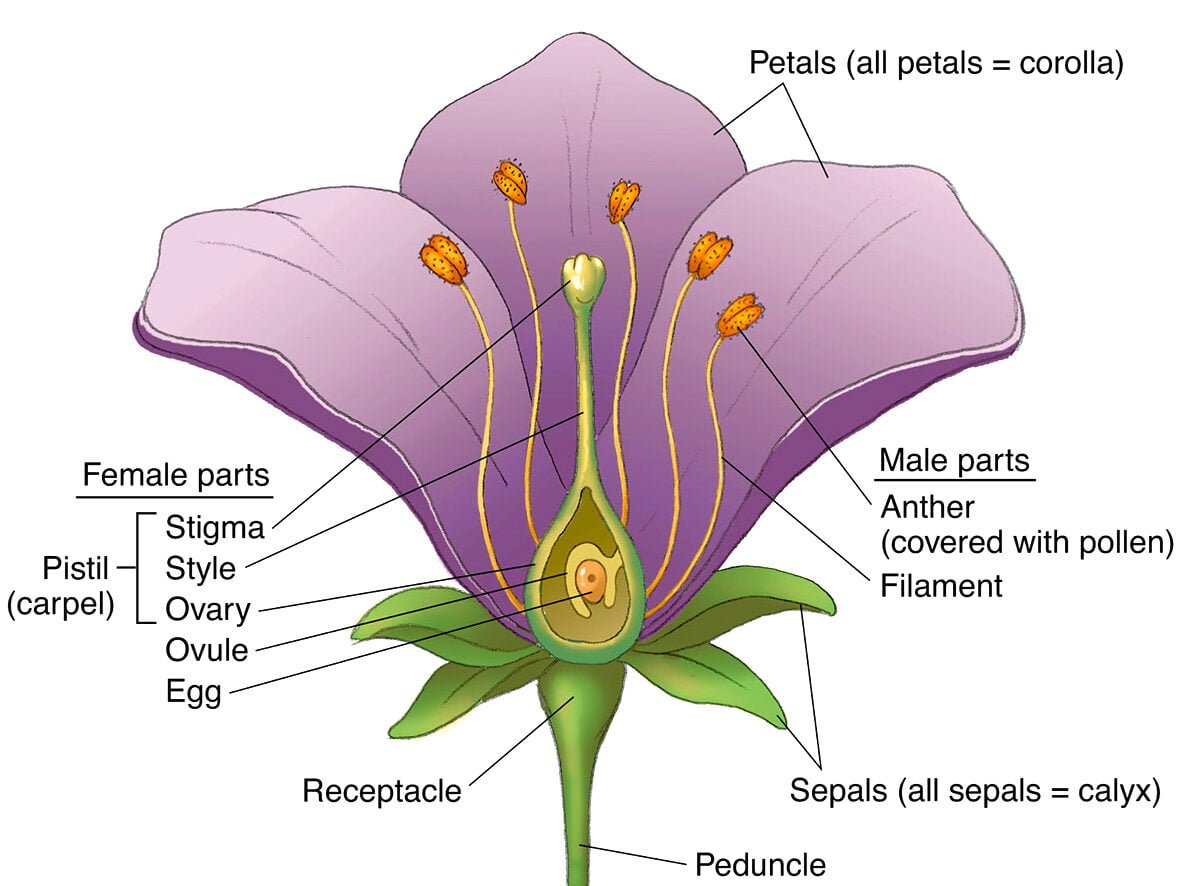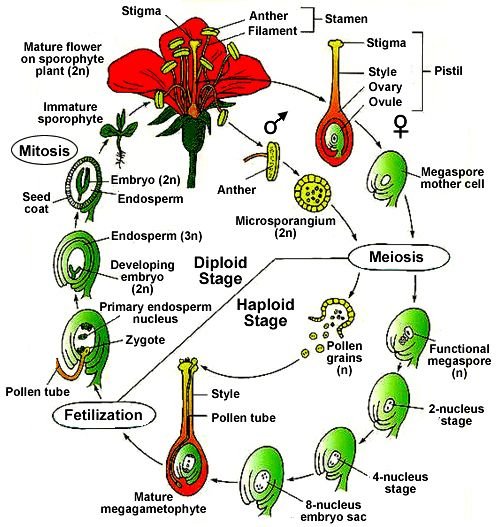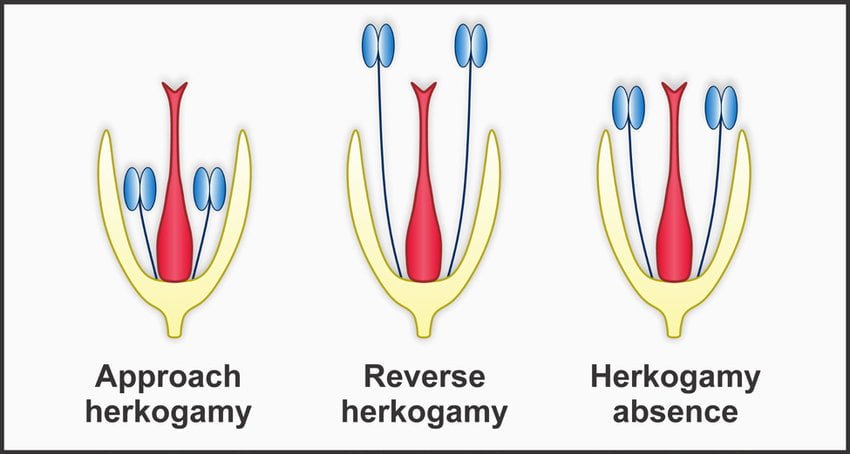Chemical Kinetics: The Study of Reaction Rates
Reaction DynamicsUnderstanding how fast chemical reactions occur and the factors that influence their rates
What is Chemical Kinetics?
Chemical kinetics is the branch of physical chemistry that studies the rates of chemical reactions and the molecular mechanisms by which they occur. Unlike thermodynamics which tells us if a reaction can happen, kinetics tells us how fast it will happen.
Reaction Rate
The change in concentration of reactants or products per unit time
Reaction Order
The power to which reactant concentrations are raised in the rate law
Molecularity
Number of molecules participating in the elementary step
- Unimolecular
- Bimolecular
- Termolecular
Rate Laws and Reaction Orders
Determining Reaction Order
- Initial Rates Method: Measure initial rates at different concentrations
- Integrated Rate Laws: Test which equation gives a straight line plot
- Half-Life Method: Observe how half-life changes with concentration
Collision Theory and Activation Energy
Key Principles
- Molecules must collide to react
- Collisions must have sufficient energy (≥ Eₐ)
- Proper orientation is required
- Only a fraction of collisions are successful
Arrhenius Equation
Where A = frequency factor, Eₐ = activation energy, R = gas constant, T = temperature
Factors Affecting Reaction Rates
Concentration
Higher concentration → more collisions → faster rate (depends on order)
Temperature
10°C increase typically doubles rate (more molecules have E ≥ Eₐ)
Catalysts
Provide alternative pathway with lower Eₐ (not consumed in reaction)
Surface Area
More exposure → more collision sites (especially for heterogeneous reactions)
Reaction Mechanisms
Elementary Steps
Most reactions occur through a series of simple steps called the reaction mechanism.
Example: Ozone Depletion
- Cl + O₃ → ClO + O₂ (slow)
- ClO + O → Cl + O₂ (fast)
The slow step determines the overall rate.
Characteristics
- Must add up to overall balanced equation
- Rate law depends on slowest (rate-determining) step
- Intermediates form and are consumed
Steady-State Approximation
For reactions with reactive intermediates, we assume their concentration remains constant during most of the reaction.
Example Mechanism
A + B → C (fast equilibrium)
C → D (slow)
D → E (fast)
Where K is equilibrium constant for first step
Reaction Rate Calculator
Practical Applications
Pharmaceutical Stability
- Determining drug shelf life
- Optimizing storage conditions
- Accelerated stability testing
Automotive Catalysts
- Catalytic converters
- Exhaust treatment systems
- Combustion optimization
Food Chemistry
- Enzyme kinetics in cooking
- Spoilage rate prediction
- Packaging optimization
Environmental Chemistry
- Atmospheric reaction modeling
- Pollutant degradation rates
- Waste treatment processes
Conclusion
Chemical kinetics provides the framework for understanding and controlling reaction rates – from industrial processes to biological systems. By studying how factors like concentration, temperature, and catalysts affect reaction speeds, we can design better chemical processes, develop more effective medicines, and understand complex environmental changes. The principles of kinetics bridge the gap between molecular interactions and observable chemical behavior.



